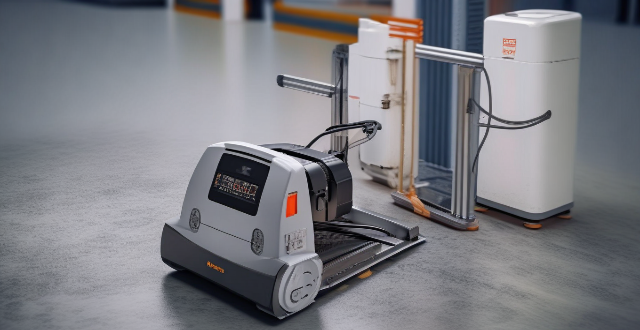AC stepping motors can be used in robotics applications, offering precise control and high torque. However, they have speed limitations and can overheat, requiring cooling mechanisms. Consider application requirements and compatibility with control systems before choosing an AC stepping motor for a robotic project.

Can an AC Stepping Motor be Used in Robotics Applications?
AC stepping motors are a type of electrical motor that can move in precise increments or "steps." They are commonly used in various applications where precise control and positioning are required. Let's delve into the suitability of using an AC stepping motor in robotics applications:
Pros of Using AC Stepping Motors in Robotics:
- Precise Control: The most significant advantage of stepping motors is their ability to provide accurate positioning and repeatable movements. This is crucial for robotic systems that require precision.
- Simple Setup: Unlike servo motors, stepping motors do not require complex feedback systems to operate accurately. This simplifies the design and reduces the cost of robotic systems.
- High Torque: AC stepping motors can deliver high torque at low speeds, making them suitable for applications that require lifting or moving heavy objects.
Cons of Using AC Stepping Motors in Robotics:
- Speed Limitations: Stepping motors are generally slower than other types of motors, such as brushless DC motors. This might limit their use in applications where high speeds are required.
- Overheating: AC stepping motors can generate heat during operation, especially when they are held in one position for an extended period. This requires proper cooling mechanisms, which add to the complexity and cost.
- Loss of Step: At high speeds or under heavy loads, stepping motors can lose steps, leading to inaccuracies in positioning. This can be problematic in critical robotic applications.
Considerations for Using AC Stepping Motors in Robotics:
- Application Requirements: Before choosing an AC stepping motor, consider the specific requirements of your robotic application, including precision, speed, and load capacity.
- Control System: Ensure that your robotic system has a compatible control system that can handle the unique characteristics of stepping motors.
- Cooling Mechanisms: Implement effective cooling mechanisms to prevent overheating and maintain the performance and longevity of the motor.
- Feedback Systems: While not always necessary, incorporating a feedback system can enhance the accuracy and reliability of the motor, especially in critical applications.
In conclusion, AC stepping motors can be used in robotics applications, but their suitability depends on the specific requirements and limitations of the project. By carefully considering the pros and cons and implementing appropriate design considerations, you can successfully integrate an AC stepping motor into your robotic system.